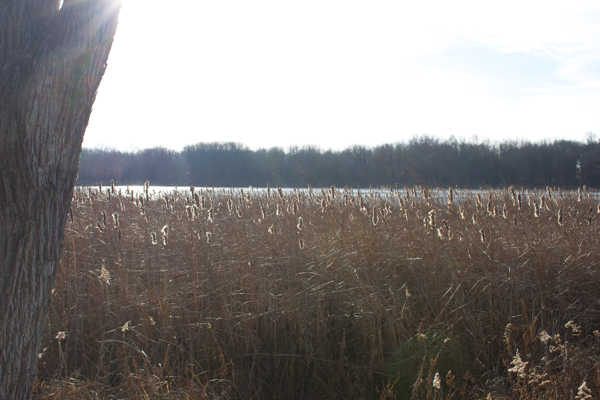Disc Golf Terminology
*Note* All statements will be made assuming a right-handed backhand (RHBH) throw. Left-handed backhand and right-handed forehand throws will result in a flight path opposite of the ones described here.
Hyzer – Releasing the disc with the outer edge at an angle lower than parallel to the ground. This will cause the most discs to curve to the left.
Anhyzer – Releasing the disc with the outer edge at an angle higher than parallel to the ground. This will cause the most discs to curve to the right.
High Speed Turn – The characteristic of a disc to curve to the right at the beginning of its flight when thrown hard.
Low Speed Fade – The natural tendency of a disc to tail left as it slows down at the end of its flight.
Overstable – A term used to describe the relative resistance to high speed turn and amount of low speed fade of a disc. A more overstable disc will generally have higher resistance to turn and greater low speed fade.
Understable – A term used to describe a disc with relatively low resistance to high speed turn and less low speed fade.
Turnover – The term used to describe the flight of a disc that curves to the right when thrown flat or at hyzer. A less overstable or understable disc will generally be easier to turn over.
Nose Down – Releasing the disc with the front end of the disc lower than the back end. Certain discs will fly better when thrown nose down.
Nose Up – Releasing the disc with the front end of the disc higher than the back end.
Stall Out – A term used to describe the flight of a disc when it peaks in height and drops off to the left without much glide. This generally occurs when the disc is thrown with the nose up.
S-Curve – A term used to describe the flight of a disc when it begins by turning to the right and then “flexes” out and glides back to the left.
Roller – A type of throw where the disc is turned over so far that it lands on its edge and rolls.
Snap – A term used to describe the armspeed and power a player gets into their throw. More snap will generally make the disc fly faster and further.
 I’ve spent the last few months going through ‘stuff’ accumulated over the years. Donating those things that could have value for others.
I’ve spent the last few months going through ‘stuff’ accumulated over the years. Donating those things that could have value for others.


